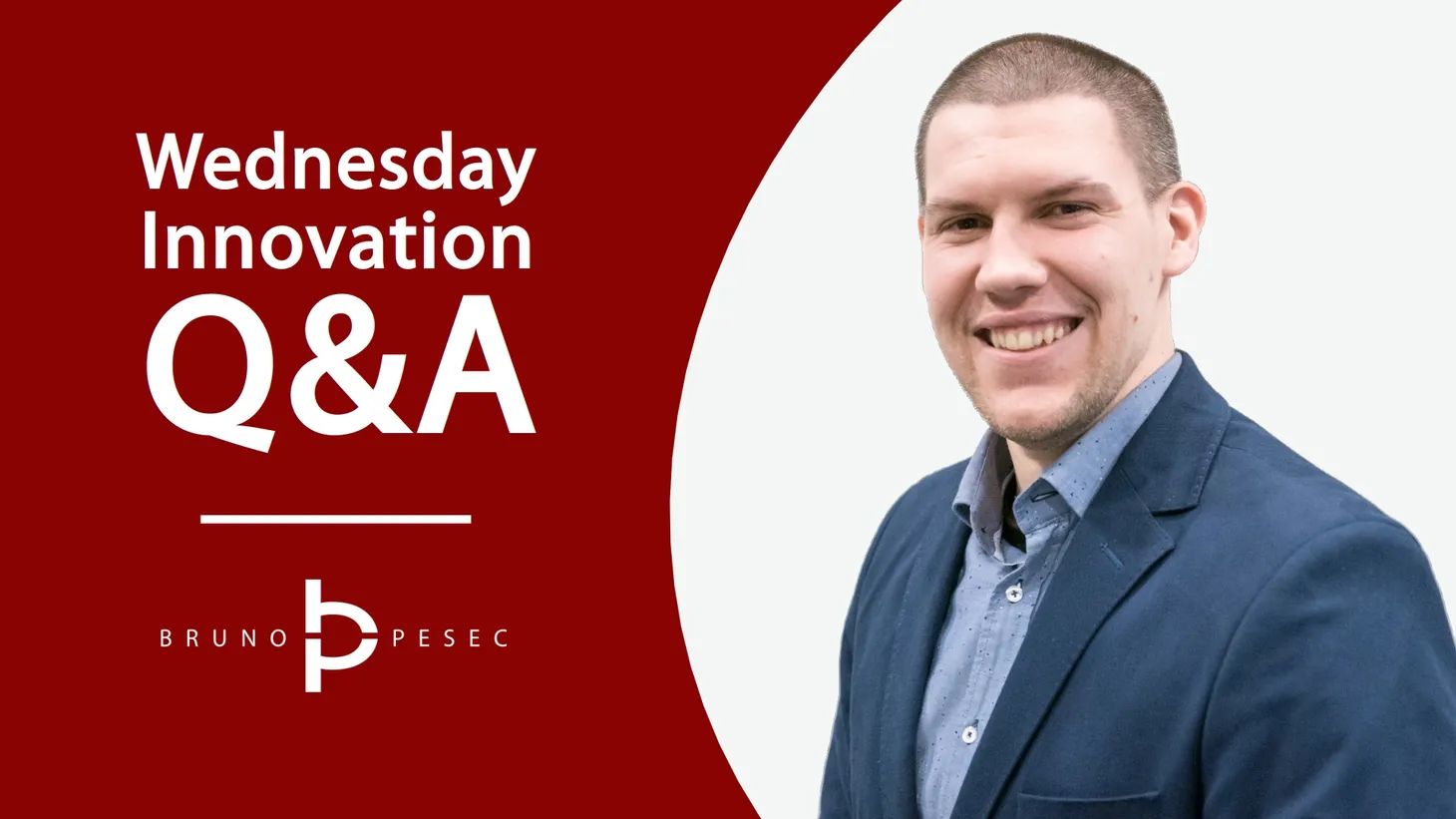How to do customer interviews
Simple process, invaluable insight.
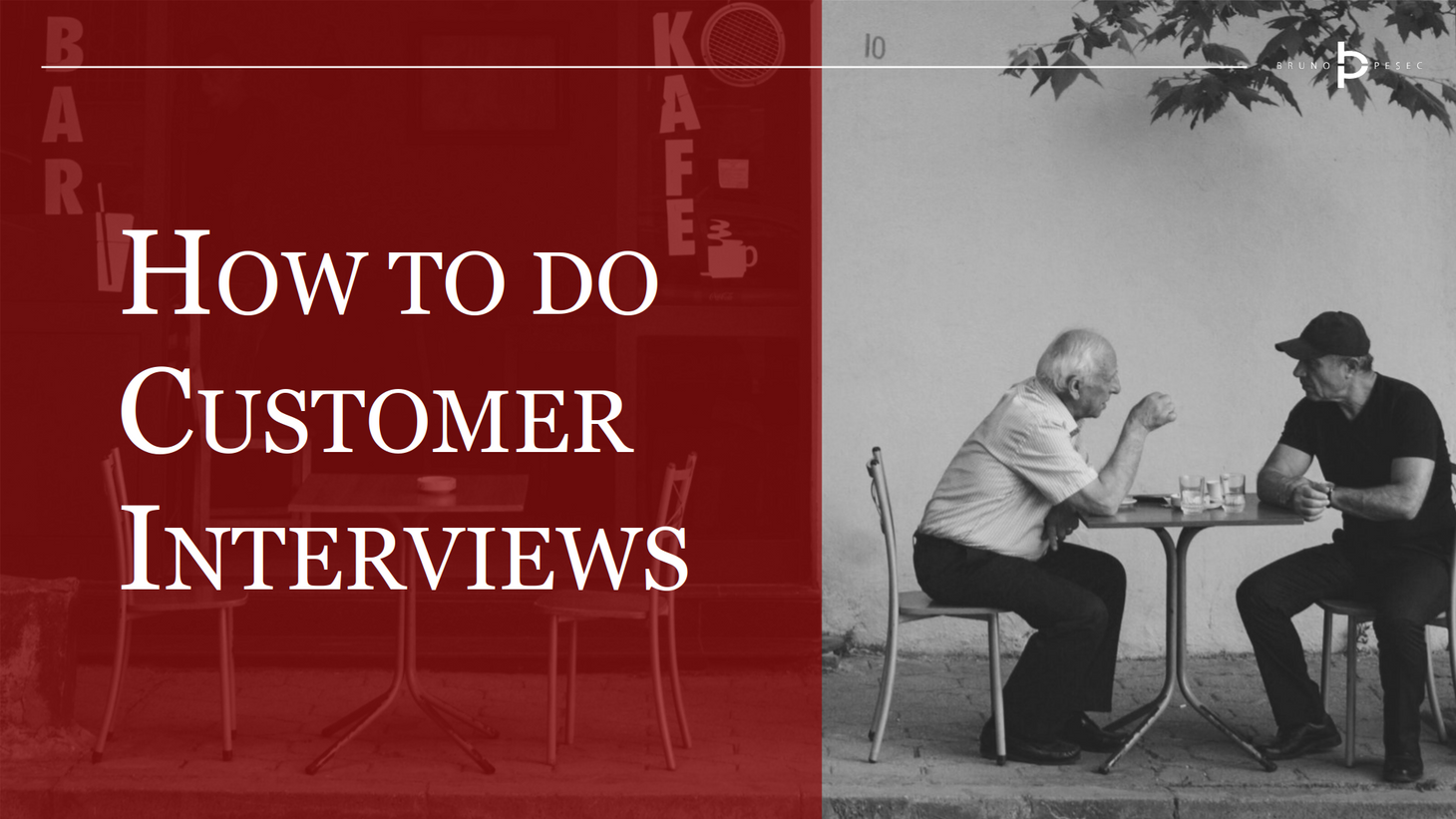
Customer interviews are your fastest and cheapest option to illuminate any idea—as long as you do them right.
Being qualitative in nature means that they are a potent source of insight which can help you identify promising ways forward, and indicate when you might be wasting time.
When it comes the former, next steps would be scaling up—e.g. moving to more quantitative lean experiments—or broadening the inquiry—e.g. doing more interviews but covering different questions or different customer segments.
When it comes to the latter, you need to stop and consider why aren't people responding as you were hoping. Is it due to the questions or because you have an idea that's not really relevant?
Although we call them "customer interviews," I suggest you rather think of them as conversations instead of interrogations. They are easy to mess up—but are also easy to practice and get better fast.
I've helped hundreds of teams do customer interviews right. Most of the steps are the same, regardless if you are into B2C, B2B, or government.
Here is the process, broken down into steps:
- Specify your learning goal. What is it that you want to learn? This is your question—your why behind doing these interview in the first place—and isn't the one you'll be asking the customers.
- Specify whom will you learn it from. Who are you going to speak with? Can you describe them? How are they relevant to your idea? How can they be reached?
- Brainstorm potential interview questions. Look at your learning goal, and list any question that might help you learn more about it. Don't judge the questions yet, just list them.
- Select 3–5 questions from your list and polish them. When done right, customer interviews are about 30 minutes long. That means that you don't have time for more than five open-ended questions. That's why it's important to select few highly relevant questions. Make sure that all selected questions are open-ended, aren't phrased as the answer you want to hear, and aren't future-oriented (would you like...).
- Structure your customer interview. Write a brief introduction: why are you here, what's the purpose, what can they expect, and what will happen next. Then order your questions in a meaningful way. Finally, write a closing: show gratitude, ask for something if you haven't already (e.g. contact details, permission to follow-up, introduction to a peer, etc.), tell them what happens next.
- Write an invitation. In most cases you'll be either emailing or calling potential interviewees. I suggest writing a short script for both: introduce yourself, the reason you are reaching out, be clear about level of commitment you are asking for (30 minutes or less), and offer specific options (dates and times). Make it warm and personal, avoid sounding like a call center robot, and be brief.
After you've followed through with all the steps you have everything you need to conduct these interviews. Now you just need to do them!
If you did a good job with describing whom do you want to speak with, then it'll be easy to identify where you can find them. You don't need a recruitment agency. Be polite and don't go around burning bridges.
Remember that it should be a conversation. Yes, you prepared an interview script, but you don't need to go through it like a robot. You should know your questions, and then navigate the conversation as needed.
Don't be afraid to follow-up on anything that sounds interesting. "Why is that so?" and "What happens next?" are great follow up question. "What do you mean by that?" and "Could you explain that one more time?" are perfectly fine clarifying questions.
You don't need to record these interviews. Take a colleague and split duties—one should lead the interview, while the other should write down notes, answers, and observations. It's important to write down what you see and hear, and not what you think you've seen and heard. "He crossed his arms" is not the same as "He became defensive."
Best innovation teams speak with 15–30 customers every week. If that sounds daunting, consider starting with five per week—who knows what you might learn?
When you are ready to level-up your customer interviews, I suggest:
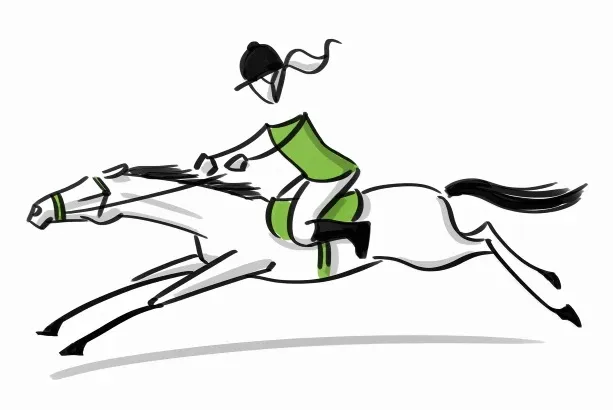
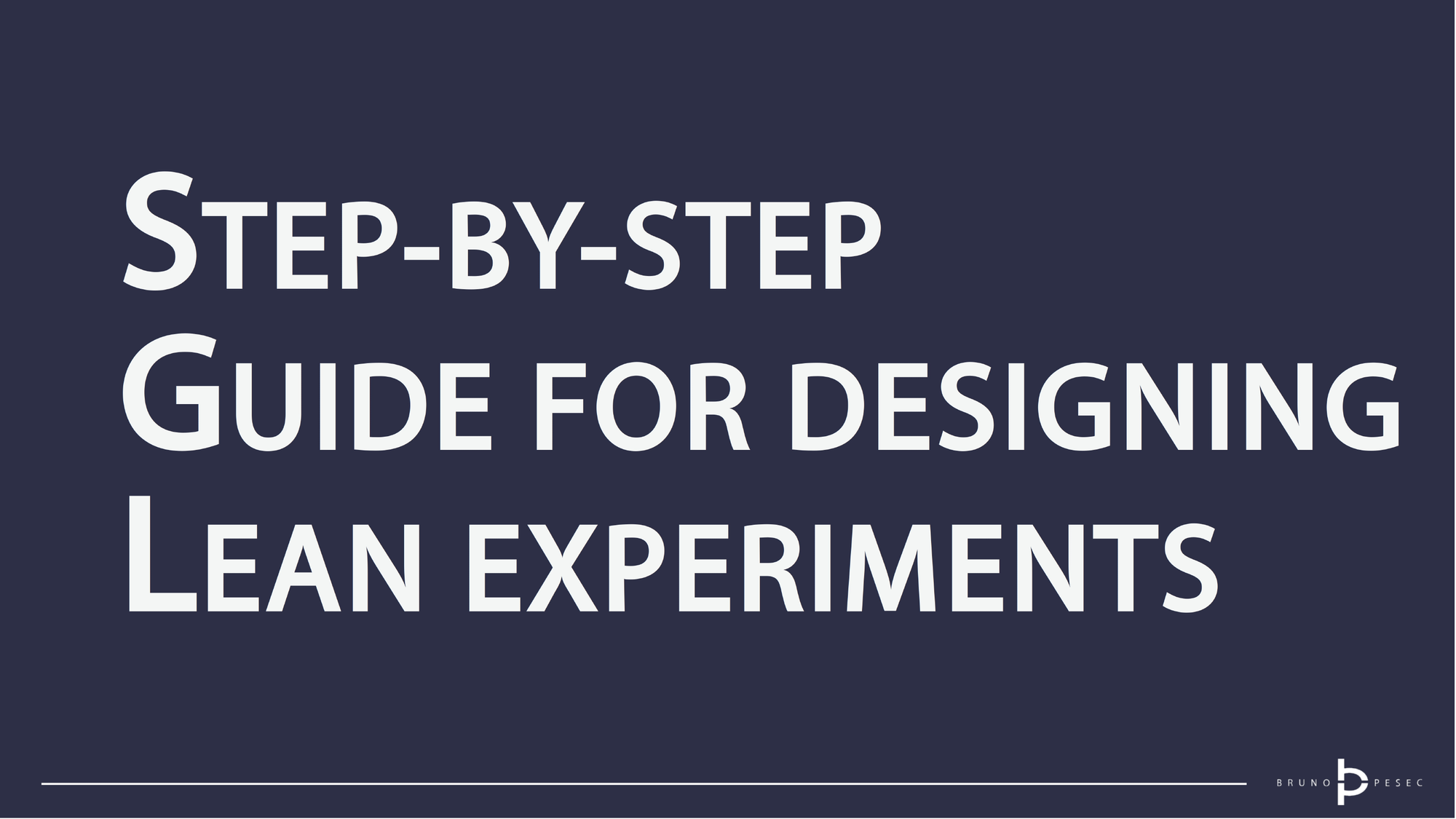
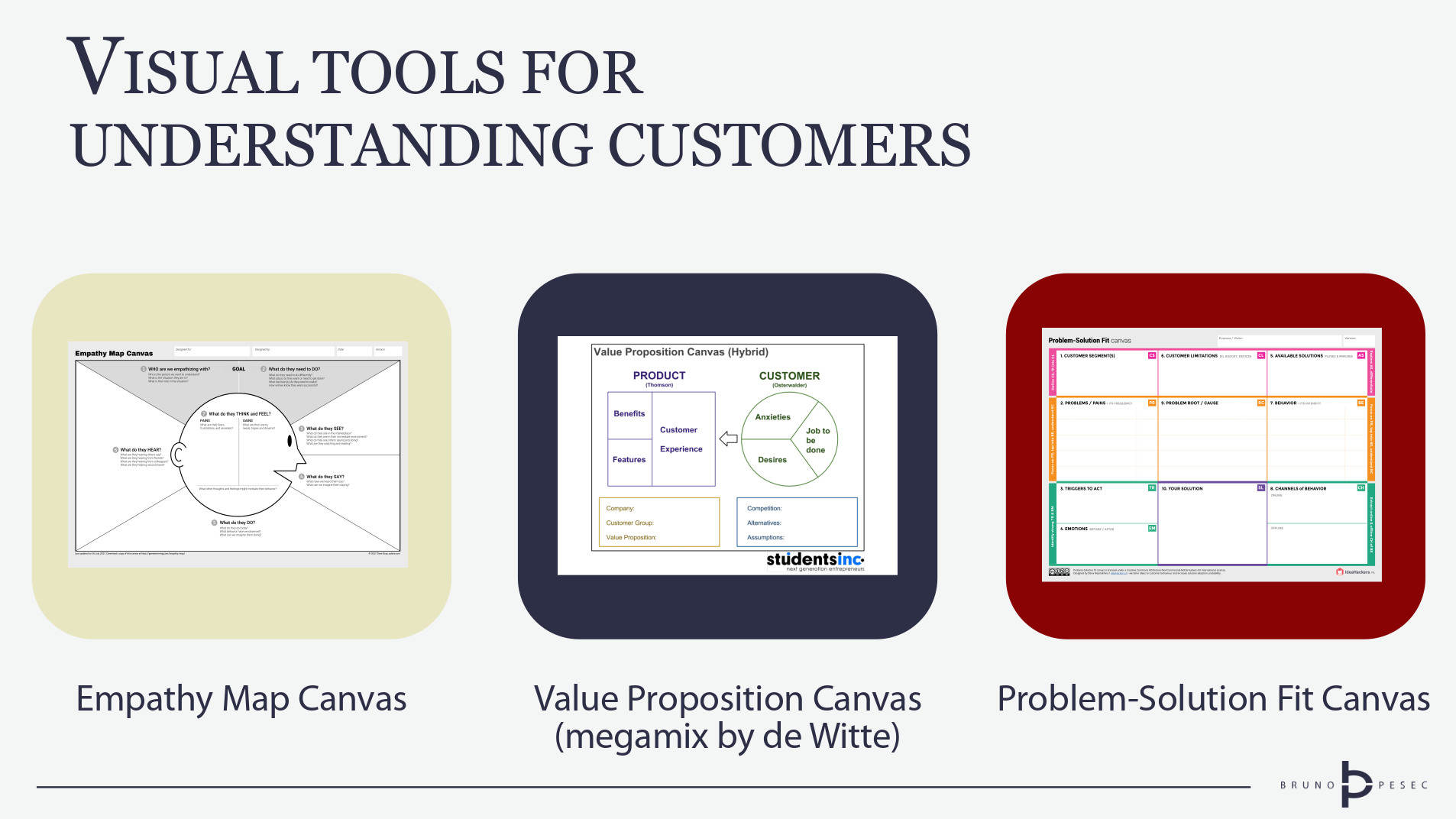
Bruno Unfiltered
Subscribe to get the latest posts delivered right to your inbox. No spam. Only Bruno.





